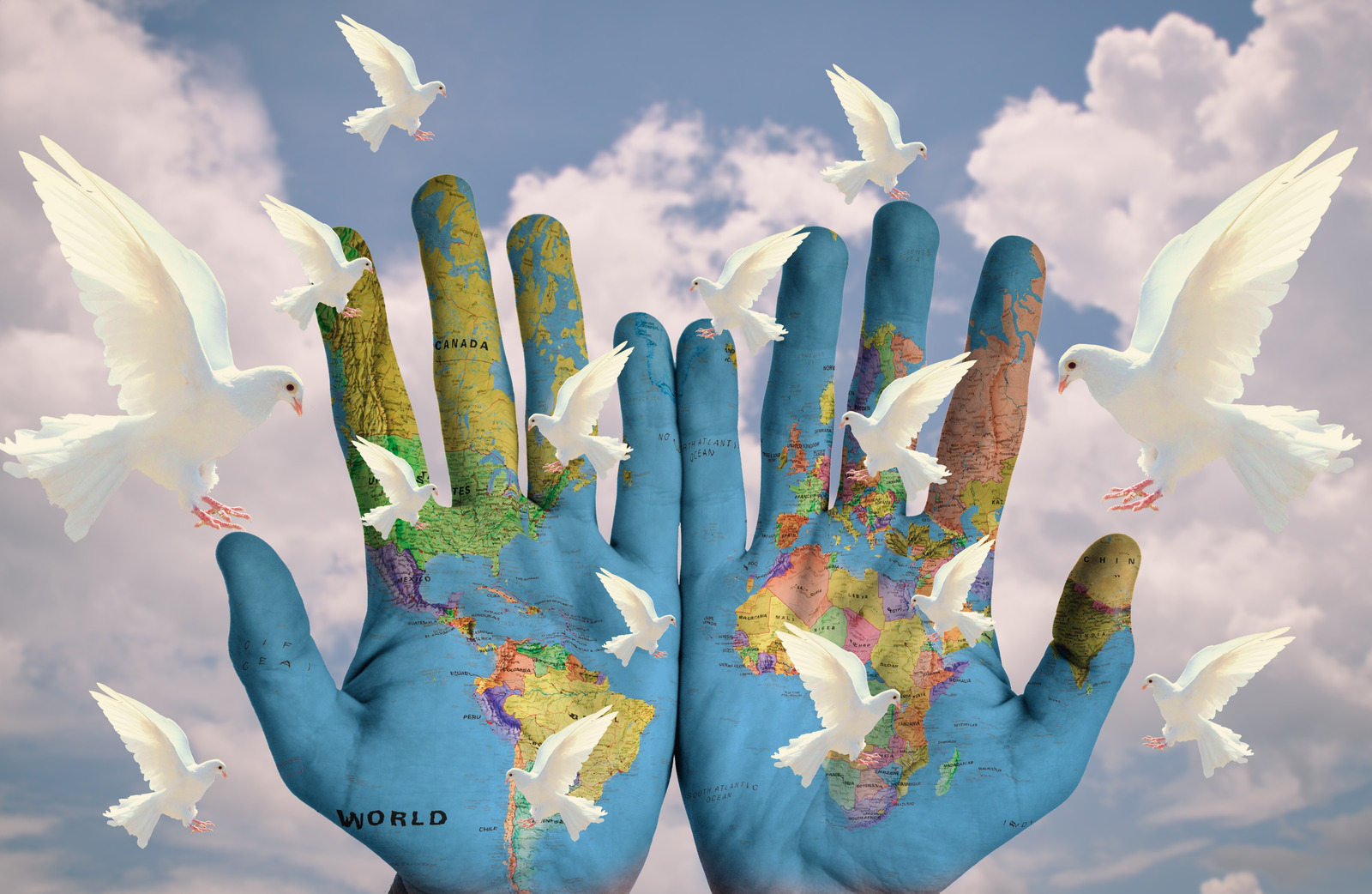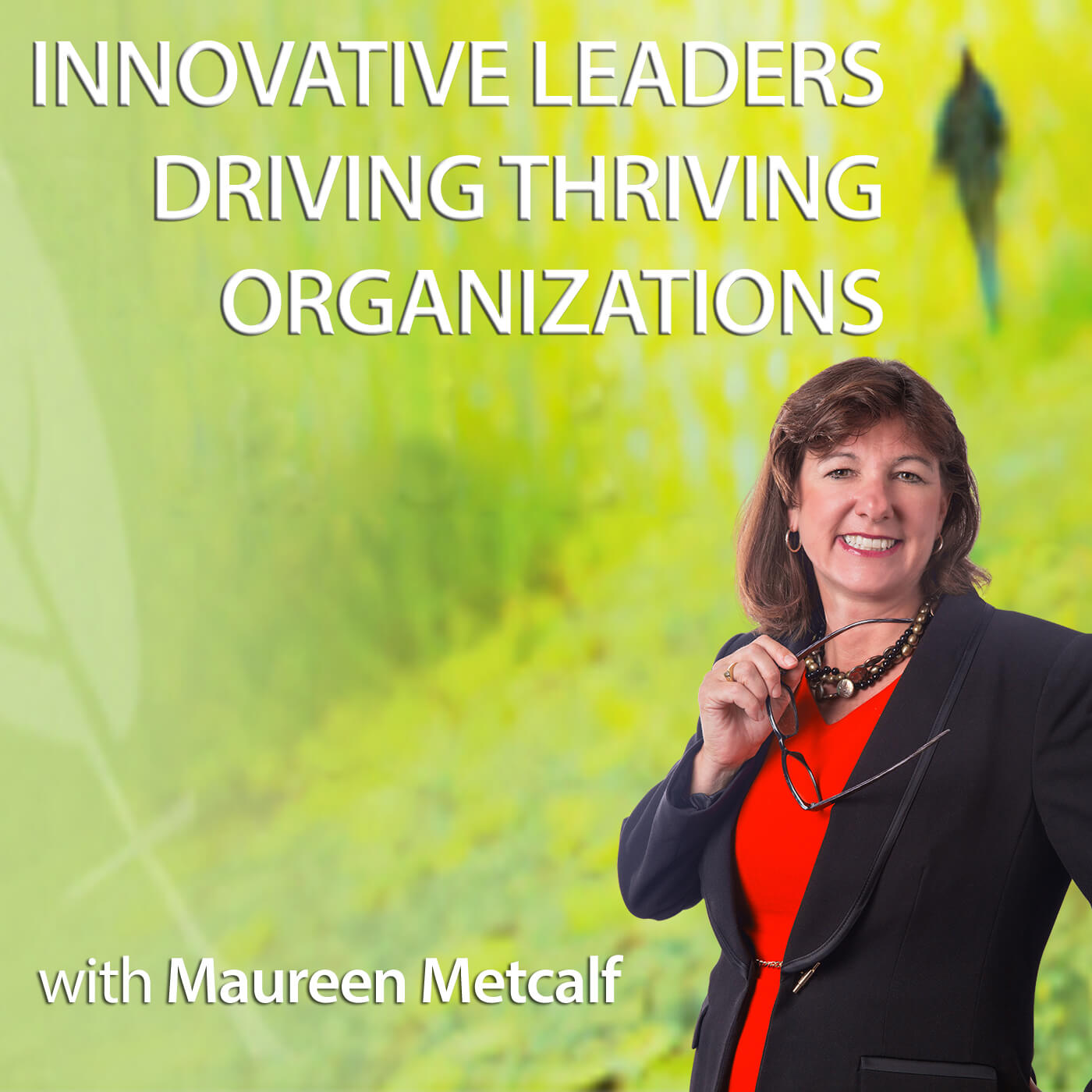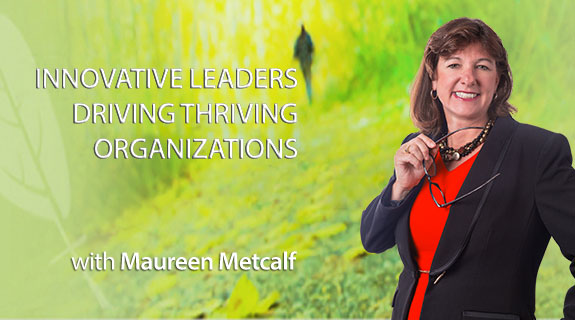Better Leadership, Positive Peace and More Positive Cultures
To receive the weekly blogs via email, please sign-up here. This blog is provided by Mike Hardy,...
Read Moreby VoiceAmerica | Oct 26, 2020 | Business | 0 |
To receive the weekly blogs via email, please sign-up here. This blog is provided by Mike Hardy,...
Read Moreby VoiceAmerica | Dec 27, 2016 | Business | 0 |
This blog is a companion to an interview with Professor Mike Hardy on VoiceAmerica âInnovative...
Read Moreby VoiceAmerica | Dec 20, 2016 | Business | 0 |
This blog is a companion to the interview with Susan R. Madsen and Karen Longman on VoiceAmerica...
Read Moreby VoiceAmerica | Dec 8, 2016 | Business | 0 |
This blog is a companion to Dr. Ron Heifetzâs interview focusing on the importance of...
Read Moreby VoiceAmerica | Sep 6, 2016 | Business | 0 |
This blog post is a companion to an Interview with Cynthia Cherrey, the President and CEO of the...
Read More



